
Mt. Kōya is primarily known as the world head quarters of the Shingon sect of Japanese Buddhism. It is a high valley located 800m. There are numerous temples (about 120) which offer lodging to travelers to get a feel of the life of a monk.
It was a chilly 65 degree F when I stepped off the cable car at Koya Station. I then proceeded to drag myself over to the bus stops that took people into town. I had been traveling for 3 hours by this time and was exhausted and hungry. After arriving at the information office and grabbing a map I headed out to explore.
It was a chilly 65 degree F when I stepped off the cable car at Koya Station. I then proceeded to drag myself over to the bus stops that took people into town. I had been traveling for 3 hours by this time and was exhausted and hungry. After arriving at the information office and grabbing a map I headed out to explore.
It was a national holiday, but many shops were still open, and I meandered Koya for hours. First was the Kongobuji temple, a magnificent temple that is the headquarters of the temples in Koyasan. Next, was a park area where two grand pagodas called the "Konpon Daito" and the "Saito" stood towering among the cedar forest. These tall, multi tiered buildings enshrine various Buddhas and are a marvel to look at inside and out. The leaves were just changing on a few of the Japanese maples to highlight the red of the "Konpon Daito". A few blocks east was the Daimon gate. This 25 high meter gate serves as a majestic entrance to the sacred mountain area since the area was founded. Its guardians look down at those who enter to banish evil doers from entering the sacred area. After I passed unharmed from their gaze, I continued back into town for a look at the famous cemetery.
A cemetery is usually a place of mystery and frightening sounds and spirits; however, the enormous graveyard, called "Okunoin" was a place of beauty and peace. Ancient cedar trees towered above the thousands of grave sites. Each site costs a small fortune nowadays, and they are well tended. Graves ranged from old to new, and usually featured a stone alter. The more extravagant sites even had gates to enter the plot. Many "Gorinto" (or 5-tiered Stupa) were present in grave sites as well. These 5 stone towers are used as gravestones or memorials and follow the Buddhism tradition by representing the 5 elements. Walking along the 2 kilometer long path is a peaceful experience as I looked around at the grave cites and the tower hundred year old cedar trees. At the end of the path lay "Torodo" (Lantern Hall) and "Kobo Daishi Gobyo". Both are in the most sacred of areas (aka: no photography). The lantern hall is a temple -like building filled with 10,000+ lanterns representing various people's wishes. "Koko Daishi Gobyo" is a mausoleum where Kobo Dashi, founder of Buddhism in Koyasan, is enshrined. People go here to give offerings and pray, and I say many pilgrims on their way, and chanting hymns at the mausoleum.
| After the cemetery, myself and three other friends checked into our temple for the night, Shojoshin-in. After a delicious vegetarian meal (monk food), we headed back out to the cemetery for a night walk. The cemetery was all light up with lanterns along the way, and was beautiful even in the dark. After the walk it was bed time, at only 8:30pm! However, we had a 5:50am wake-up for morning ceremony, so we were all pleased to sleep. At 5:50am the monks rang the bell, we all got dressed, and were sitting in the inner temple for the ceremony by 6:00am. The ceremony lasted 40 minutes and contained chanting (in Japanese) and a brief prayer of sorts (pinched 3 teaspoons of incense into a bowl and bowed). Overall, it was a relaxing experience that smelled wonderful. Afterwards was monk breakfast (yeah, tofu!) Then we all set out to sight-see the cemetery together before I set off to return to Osaka for the night. | |
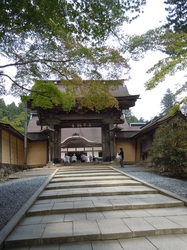
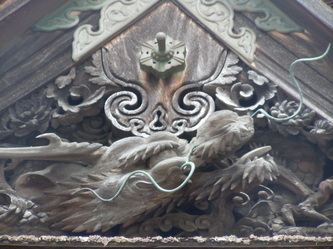
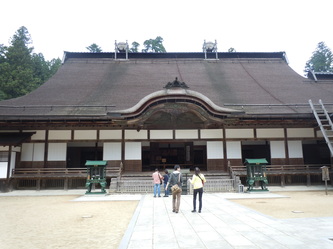
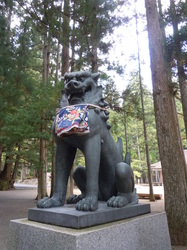
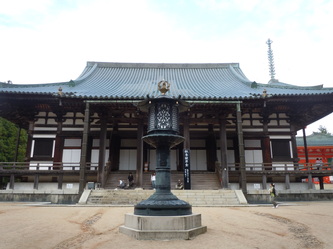
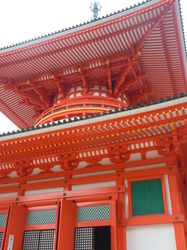

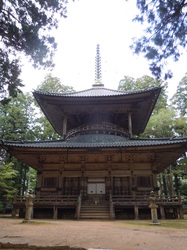
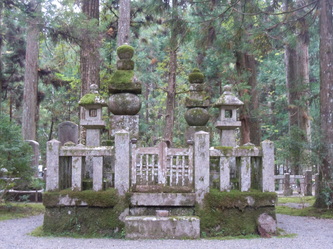
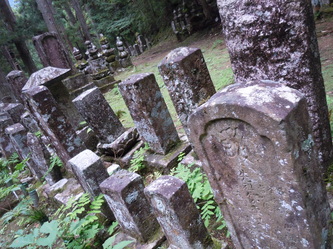
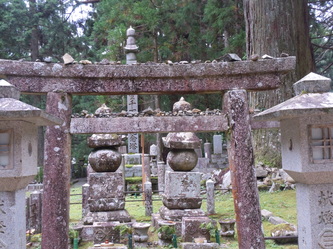
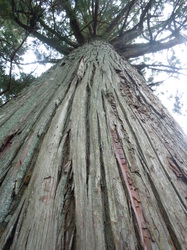
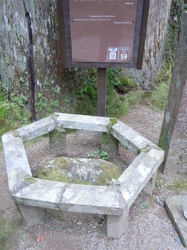
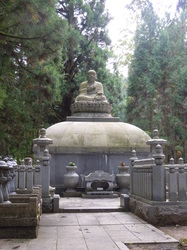
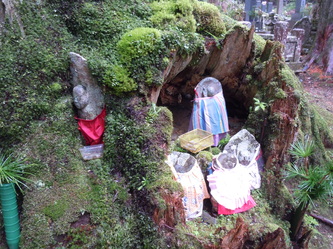
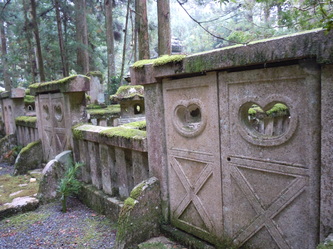
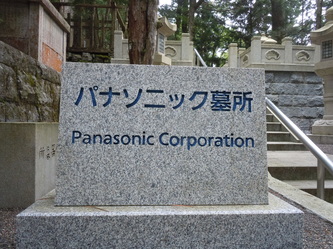
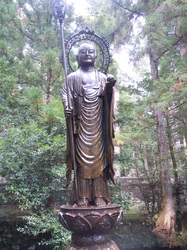
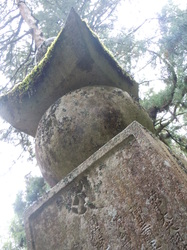
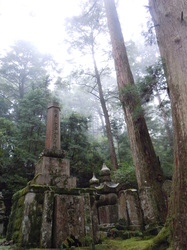
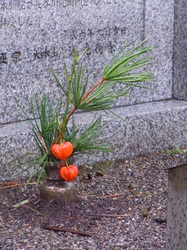
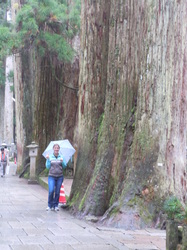
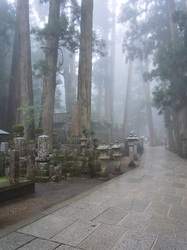
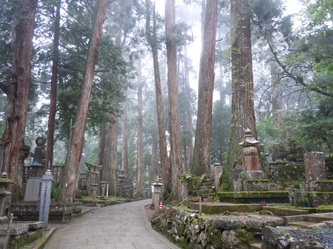
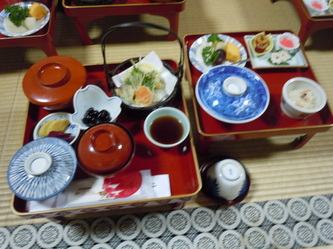

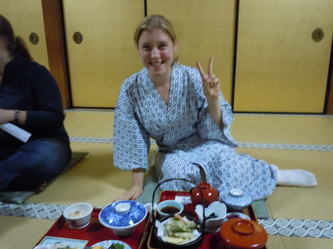
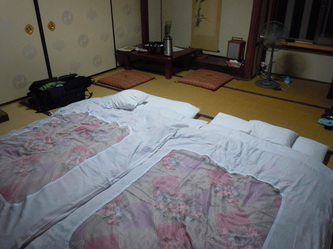
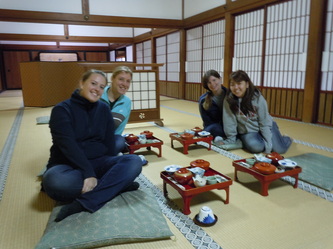
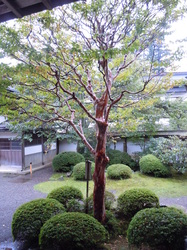
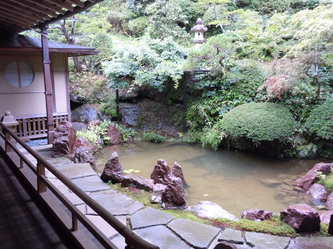
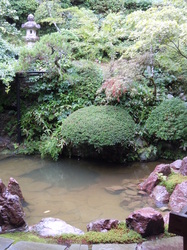
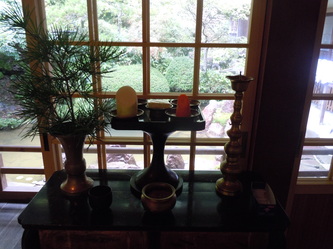
 RSS Feed
RSS Feed